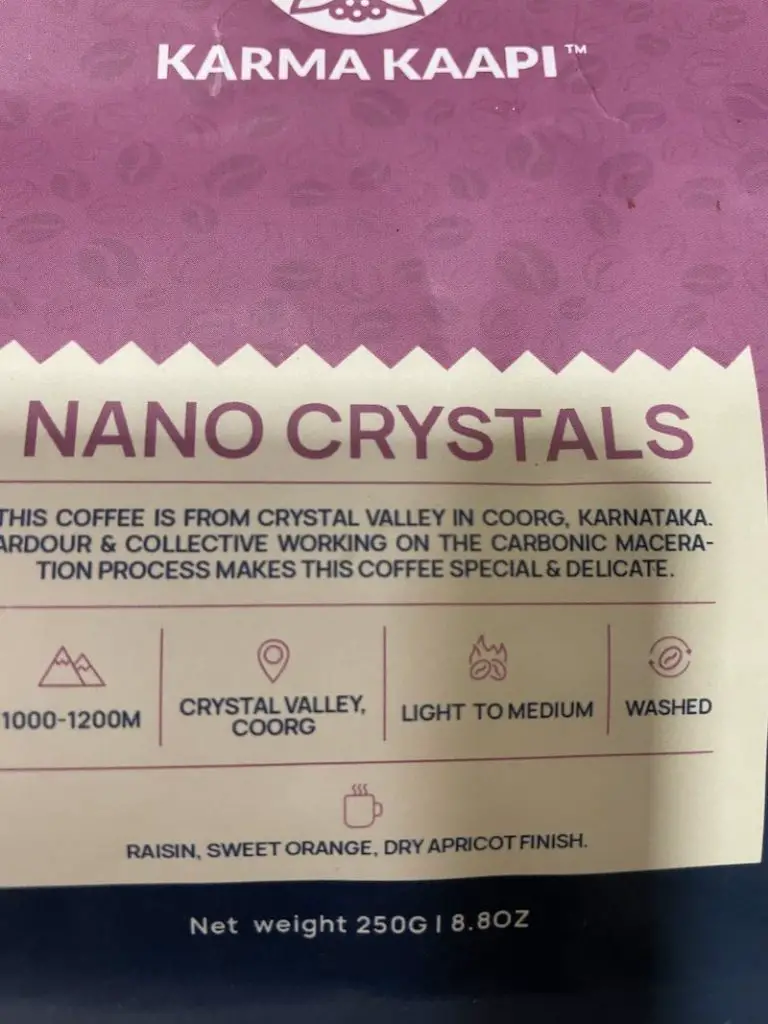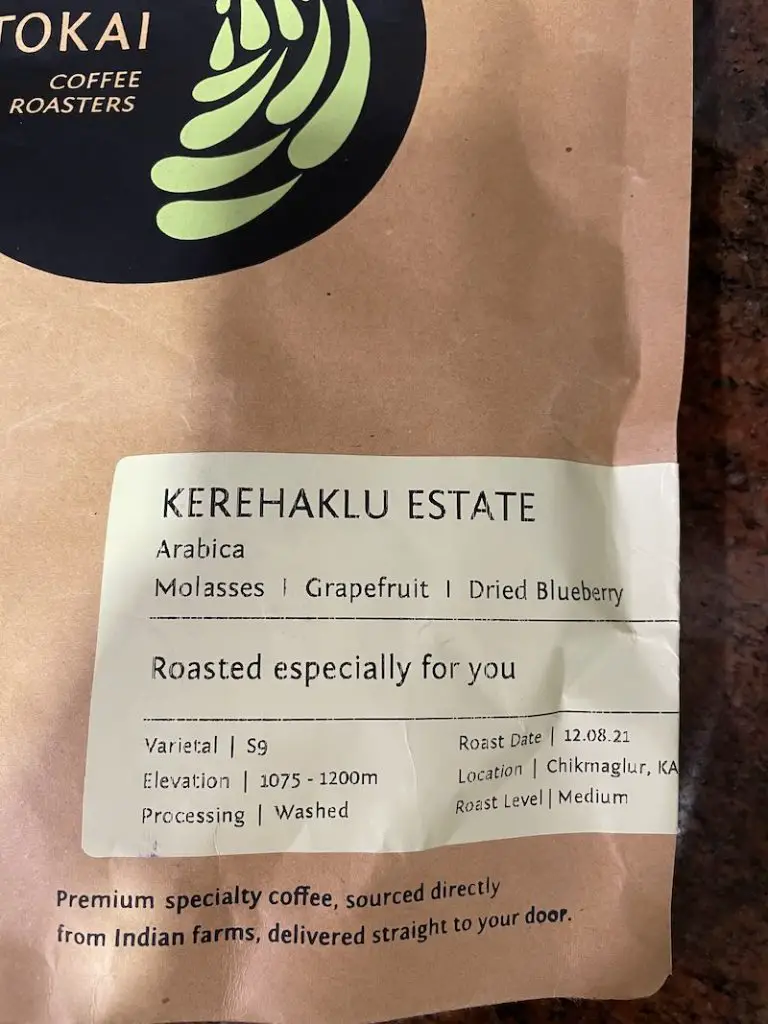When sipping on some coffee, you may have picked up the bag of coffee beans and read something like “100% Arabica” or “100% Robusta.” So what exactly is Arabica and Robusta, and what is the difference between these types of coffee beans? By the time you’re done reading this post, you’ll be a coffee bean expert.
The two types of coffee beans
Arabica and Robusta are two species of coffee trees. There are actually over 100 species of coffee, but the two dominant species in the market are Arabica and Robusta. This is mainly due to the taste of Arabica and the ease of growing Robusta.
Here’s a list of some of the other species of coffee:
- Typica
- Kona
- Caturra
- And many more
Arabica vs Robusta Compared
There are a few key differences between Arabica coffee beans and robusta coffee beans. Arabica beans have more sugars and lipids than robusta beans, which gives them very bright and distinct flavors. Robusta beans have nearly double the caffeine of Arabica, as well as more antioxidants.
Taste
When it comes to coffee, the most important factor is obviously going to be taste. Arabica coffee beans taste much sweeter and fruitier than Robusta coffee beans, which have very earthy and sometimes bitter notes. The very wide variety of flavors you find in coffee are all thanks to Arabica beans.
The very distinct taste of “cheap” coffee is usually because of Robusta. That’s not to say Robusta coffee is bad, it’s just that it doesn’t have as rich of a taste as Arabica coffee does.
However, the bitterness and intensity of Robusta makes it a popular choice for use in espresso blends and french press brews.
Remember, high quality Robusta can taste better than poor quality Arabica coffee.
Sugar and lipid content
The primary reason the flavors of Arabica and Robusta coffee are so different is due to the sugar and lipid(oil) content.
Arabica beans have a lot more sugar, which is why the resulting brews are much sweeter. They also have a lot more oil content, which is why they have so many rich flavor notes. You may have seen these written on your bag of coffee.
If you’re a numbers fan, Arabica has nearly double the sugars of Robusta and 60% more lipids.
Caffeine content
Caffeine is an area that Robusta really shines. Robusta beans have 2.7% caffeine content compared to Arabica’s 1.5%. That’s almost double the caffeine!
You should keep this in mind if you’re counting your cups. You’ll probably hit your 400mg limit faster if you only drink Robusta compared to Arabica.
High-caffeine blends like the ones from Kicking Horse Coffee and Death Wish Coffee utilize coffee robusta to get their coffees to such a high caffeine content.
The extra caffeine in Robusta also contributes to the bitter taste.
Antioxidant content
One of the main antioxidants in coffee is chlorogenic acid (CGA). Robusta beans contain more chlorogenic acid than Arabica beans.
Realistically, it’s not a life-changing amount, and certainly not enough to skip out on Arabica altogether and go all-in on Robusa.
Still, it’s nice to know that when you’re drinking Robusta and stomaching the bitterness, you’re getting a good dose of CGA in exchange!
Growing conditions
Arabica beans are grown at higher altitudes than Robusta beans. The Arabica plant is also a lot less forgiving than the Robusa plant, as they’re susceptible to disease and are generally harder to grow. The trees can reach heights of 15 feet.
Where is Arabica grown?
Arabica beans originated in Ethiopia, but the current Arabica market is dominated by Latin America.
Robusta trees grow at lower altitudes and can reach heights of 20 feet. They require a lot less maintenance, too.
Vietnam is the largest producer of Robusta beans in the world.
Cost
Because Arabica beans are harder to grow than Robusta, there’s a lot more upfront cost to produce them. That cost, of course, is passed over onto the consumer.
Over the past few years, Robusta’s price has bounced around between $1.50 to $2.10 per kg. The price of Arabica, on the other hand, has bounced around between $2.6 to $4.5.
This is one of the reasons Robusta is commonly used for mass-market coffees. Arabica tends to be favored more by craft roasters who can charge a premium for their coffees.
Physical differences
At first glance, you may not really be able to tell the difference between Arabica and Robusta beans. After all, they both look like regular old coffee beans.
However, if you observe closely, you can notice a difference.
Arabica beans are usually slightly larger and more oval in shape. Robusta beans are smaller and rounder in shape.
Market dominance
Arabica is the king of the coffee market. Over 60% of all coffee in the world is Arabica, and that’s probably because of the taste and wide variety of flavor notes you can find.
Most instant coffees are Robusta, and some blends especially tailored for espresso contain some amount of Robusta. It seems that Robusta produce better crema than Arabica.
Related: Is coffee a fruit?
Which is better: Arabica or Robusta?
So which is better? Arabica or Robusta?
As we mentioned above, Arabica beans tend to be sweeter and more flavorful, and Robusta tend to be earthier and bitter.
The brewing method will also play an important role in the flavor that the coffee produces in your cup.
You’ll find people who are ardent fans of Arabica, and those who can’t go by without Robusta.
It’s not fair to say whether a cup of Arabica, a cup of Robusta, or indeed a a cup made from a blend is more superior.
As with most things in coffee, it depends on your personal preference. The coffee tent is huge, and there is room for everyone to fit!
Frequently Asked Questions
Is Robusta more bitter than Arabica?
Robusta is more bitter than Arabica. Arabica coffee has much more sugar and fat content, which produces the different flavors.
Is Arabica more acidic than Robusta?
Arabica has much higher acidity than Robusta. It has much sharper, tangier flavors compared to Robusta, which has earthier and bitter notes.
Is Starbucks Arabica or Robusta?
Starbucks coffee uses 100% Arabica coffee in all of their beverages.
Is Nescafe Arabica or Robusta?
Nescafe makes instant coffee and it is all made from Robusta beans.




